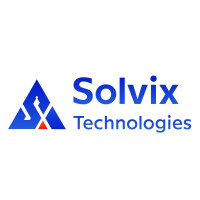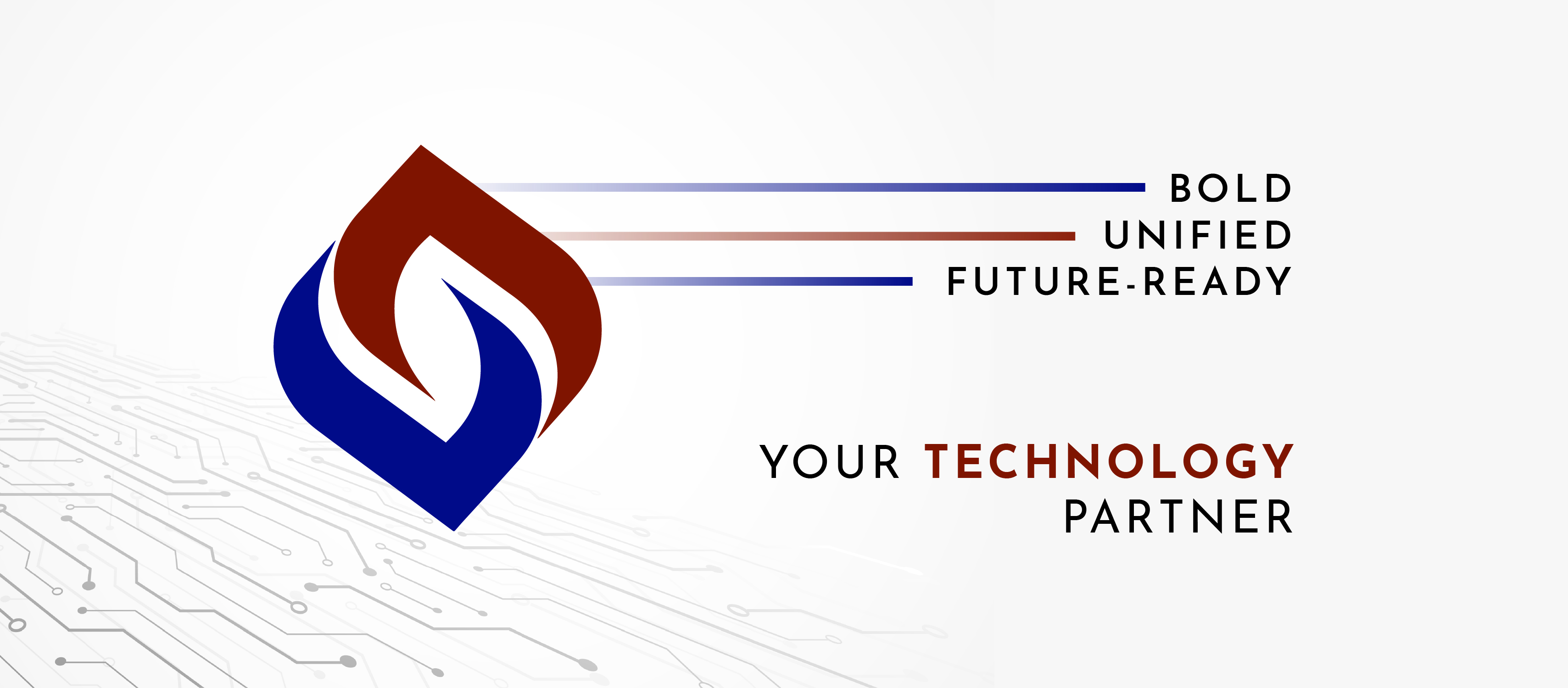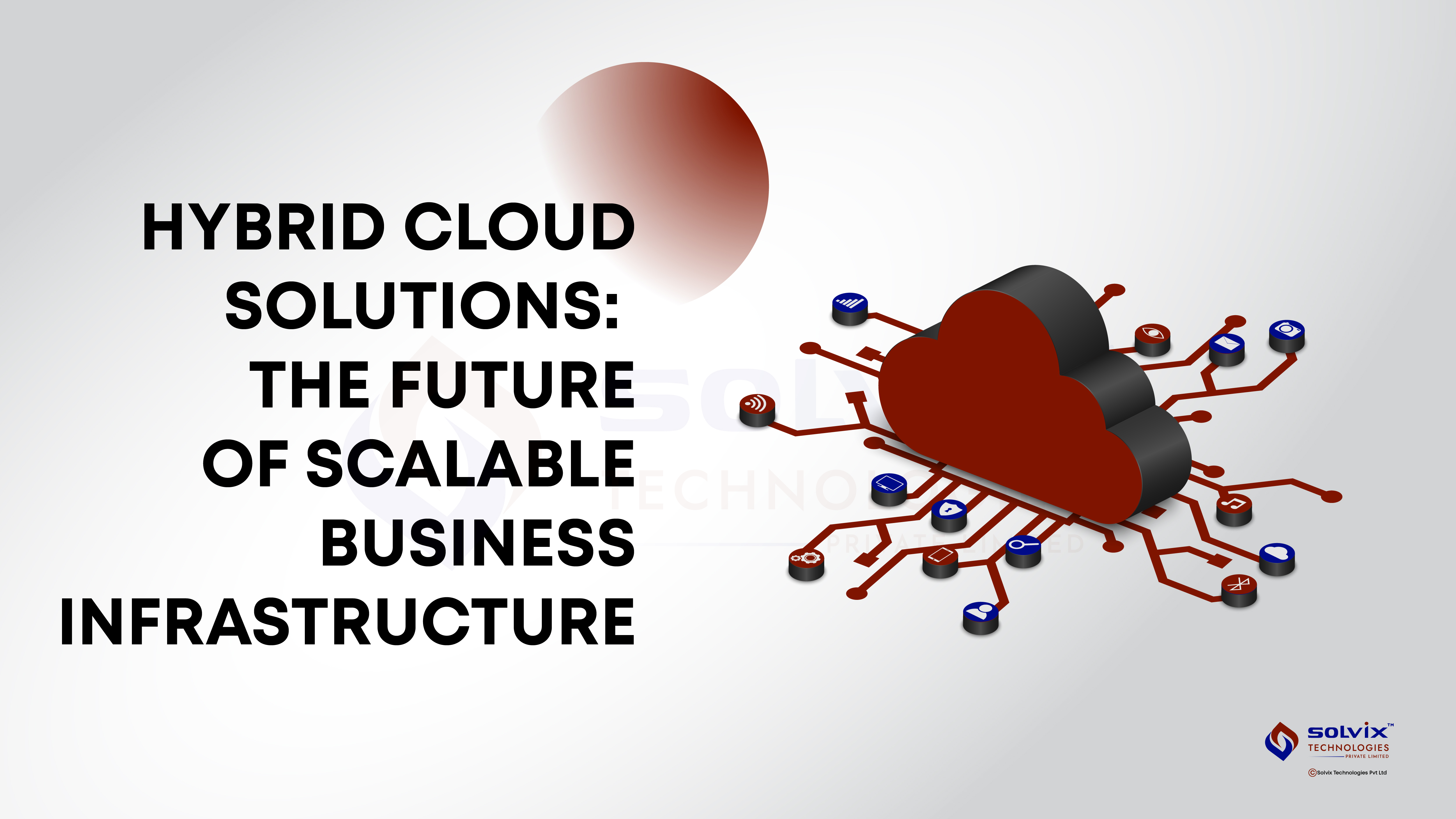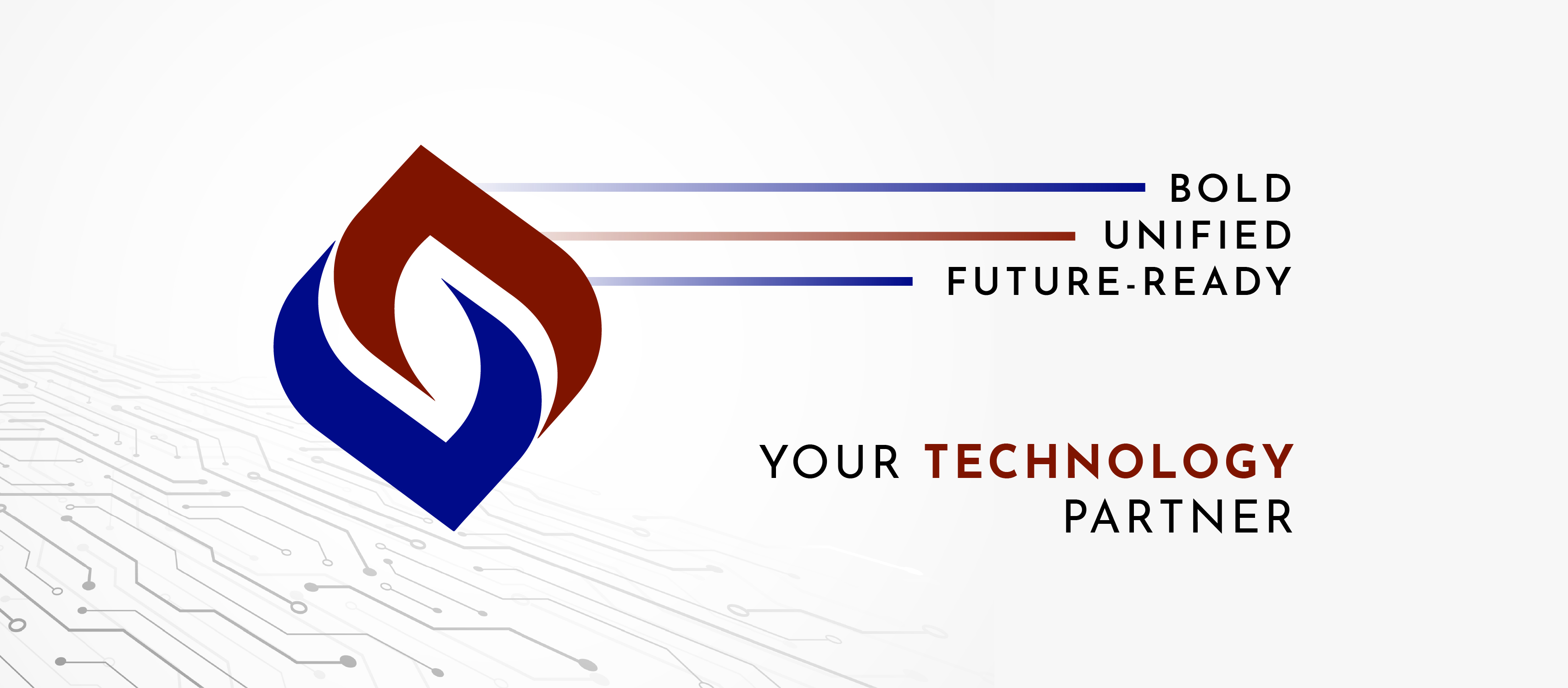Best Backend Frameworks for Web Development 2025: The Future of Scalable and Secure Web Applications
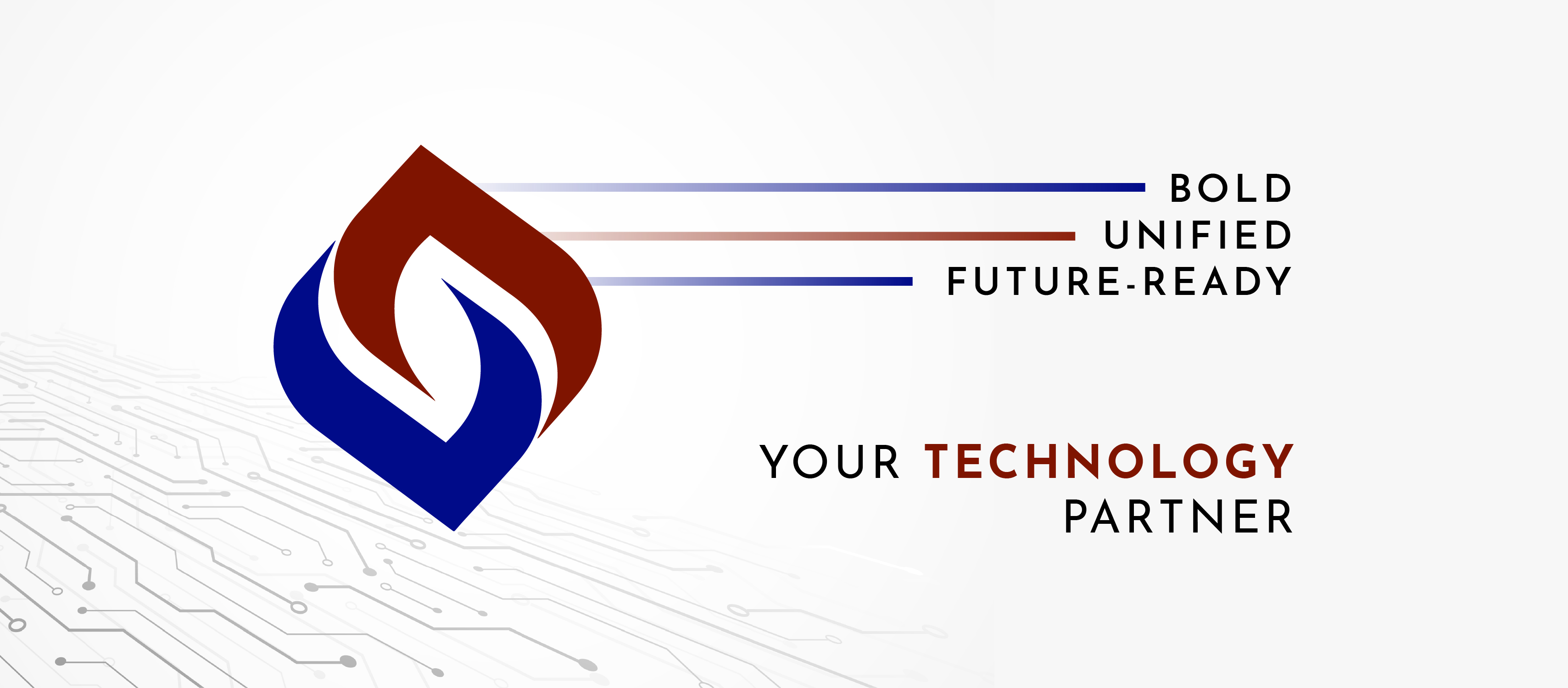
Strong 8k brings an ultra-HD IPTV experience to your living room and your pocket.
The backbone of any web application is its backend—handling data processing, authentication, server-side logic, and integrations. As the demand for high-performance applications grows, choosing the right backend framework becomes critical for developers and businesses alike. With continuous technological advancements, the best backend frameworks for web development 2025 focus on scalability, security, and efficiency.
To build powerful and efficient backend systems, developers also rely on various backend development tools and technologies that streamline development workflows, improve database management, and enhance API integrations.
This article explores the top backend frameworks in 2025, their advantages, and the essential tools that power modern backend development.
1. Why Choosing the Right Backend Framework Matters
A backend framework is a foundation that supports server-side functionalities, including:
Database Management – Handling data storage and retrieval efficiently.
Security Features – Implementing authentication, authorization, and encryption.
Scalability – Ensuring the system can handle growing user demands.
API Integrations – Connecting frontend applications and external services.
With various options available, selecting the right framework can determine how efficiently an application performs. Let’s explore the best backend frameworks for web development 2025 that dominate the industry.
2. Best Backend Frameworks for Web Development 2025
a) Node.js (Express.js & NestJS) – The JavaScript Powerhouse
Node.js remains one of the most preferred backend frameworks due to its non-blocking, event-driven architecture. It enables fast and scalable web applications, making it ideal for real-time apps.
Why Choose Node.js in 2025?
Asynchronous Processing: Handles multiple requests simultaneously, improving performance.
Rich Ecosystem: Thousands of NPM packages for rapid development.
Microservices Support: Works well with serverless architectures.
Best Use Cases
Real-time applications (Chat apps, Streaming platforms).
RESTful and GraphQL APIs.
Single Page Applications (SPAs).
Two popular Node.js frameworks:
Express.js – Minimalist and lightweight, perfect for API development.
NestJS – A modular and scalable framework built on TypeScript for enterprise applications.
b) Django – The Secure Python Framework
Django, a high-level Python framework, remains a top choice for developers focusing on security and rapid development. It follows the "batteries-included" philosophy, providing built-in features for authentication, security, and database management.
Why Choose Django in 2025?
Strong Security Features: Built-in protection against SQL injection and XSS attacks.
Fast Development: Auto-generated admin panels and ORM make development quicker.
Scalability: Optimized for handling high-traffic applications.
Best Use Cases
E-commerce websites.
Data-driven applications.
Machine learning and AI-powered platforms.
c) Spring Boot – The Java Enterprise Solution
Spring Boot continues to be a dominant framework for enterprise-level applications, offering a robust, feature-rich environment with seamless database connectivity and cloud integrations.
Why Choose Spring Boot in 2025?
Microservices Support: Ideal for distributed systems and large-scale applications.
High Performance: Optimized for cloud-native development.
Security & Reliability: Built-in authentication, authorization, and encryption mechanisms.
Best Use Cases
Enterprise applications and banking software.
Large-scale microservices architecture.
Cloud-based applications with Kubernetes and Docker.
d) Laravel – The PHP Framework That Keeps Evolving
Laravel continues to be the most widely used PHP framework in 2025. Its expressive syntax, security features, and ecosystem make it ideal for web applications of all sizes.
Why Choose Laravel in 2025?
Eloquent ORM: Simplifies database interactions.
Blade Templating Engine: Enhances frontend-backend integration.
Robust Security: Protects against common web threats.
Best Use Cases
CMS platforms and e-commerce websites.
SaaS applications.
Backend for mobile applications.
e) FastAPI – The Rising Star for High-Performance APIs
FastAPI is a modern, high-performance Python framework designed for building APIs. It has gained massive popularity due to its speed and ease of use.
Why Choose FastAPI in 2025?
Asynchronous Support: Delivers faster API response times.
Data Validation: Built-in support for type hints and request validation.
Automatic Documentation: Generates API docs with Swagger and OpenAPI.
Best Use Cases
Machine learning and AI-driven applications.
Data-intensive backend services.
Microservices and serverless APIs.
3. Essential Backend Development Tools and Technologies
To build scalable and efficient backend systems, developers rely on various backend development tools and technologies. Here are some must-have tools:
a) Database Management Tools
PostgreSQL – A powerful relational database system for complex queries.
MongoDB – A NoSQL database ideal for handling large volumes of unstructured data.
Redis – A high-speed in-memory database for caching.
b) API Development and Testing Tools
Postman – Simplifies API development and testing.
Swagger/OpenAPI – Generates interactive API documentation.
c) Containerization and DevOps Tools
Docker – Enables containerized applications for easy deployment.
Kubernetes – Automates deployment and scaling of backend services.
Jenkins – A CI/CD tool for continuous integration and automation.
d) Authentication and Security Tools
OAuth 2.0 / JWT – Secure authentication for APIs.
Keycloak – Identity and access management.
OWASP ZAP – Security testing tool for identifying vulnerabilities.
e) Performance Monitoring and Logging Tools
Prometheus & Grafana – Real-time monitoring and alerting.
Logstash & Kibana – Centralized logging and analytics.
These tools and technologies help developers streamline backend processes, enhance security, and optimize performance.
4. Future Trends in Backend Development
Backend development continues to evolve. Here are some key trends for 2025:
Serverless Computing – Cloud providers like AWS Lambda, Google Cloud Functions, and Azure Functions are enabling developers to build scalable, cost-efficient backends without managing infrastructure.
AI-Powered Backend Optimization – AI-driven database queries and performance monitoring are enhancing efficiency.
GraphQL Adoption – More applications are shifting from REST APIs to GraphQL for flexible data fetching.
Edge Computing – Backend processing is moving closer to the user, reducing latency and improving speed.
Thus, selecting the right backend framework is crucial for building modern, scalable, and secure web applications. The best backend frameworks for web development 2025—including Node.js, Django, Spring Boot, Laravel, and FastAPI—offer unique advantages tailored to different project needs.
Pairing these frameworks with cutting-edge backend development tools and technologies ensures optimized performance, security, and seamless API interactions. As web applications continue to evolve, backend development will play a vital role in delivering fast, secure, and efficient digital experiences.
Note: IndiBlogHub features both user-submitted and editorial content. We do not verify third-party contributions. Read our Disclaimer and Privacy Policyfor details.

